In a visually-centric era, graphic design is now considered a business asset instead of an accessory. Graphic design jobs are still in demand even with AI taking the industry by storm. Having graphic design & SEO packaged together makes a powerful marketing tool.
Finances Online says companies that encourage creativity in their business operations achieve 1.5 times higher market share.
This is mainly because consumers are bombarded with advertisements day in and day out. And if brands want to lure their audience and bump them to the next stage of the funnel, graphic design is the key.
However, investing in graphic design alone won’t suffice. Visuals, coupled with online advertising strategies, will help surge your branding and marketing graphics.
And this is where SEO comes into play. The only way to engage with your audience online is to make your graphic design SEO-friendly.
Here’s how you can make both graphic design & SEO work together to achieve better results.
Table of Contents
Web Design
A business without a company website will undeniably lose huge online opportunities. Consumer purchasing behavior is continually changing, depending on demand and circumstances.
The lack of a company website means you’re not tapping your online market.
Aside from the copy, web graphic design is vital to make users stay on the site longer. Every UI or UX designer knows how creating a visually appealing website can attract more leads.
Moreover, optimizing your web design for SEO will also increase your ranking online. Here’s how: to do it today:
Descriptive URL for SEO
Another web design element that can impact your SEO is your site’s URL. Search engine algorithms crawl websites via many factors, and that includes URLs.
If you want algorithms to recognize your site quickly, create descriptive URLs. Integrating relevant keywords instead of random numbers on your URL will increase SEO ranking.
Fast Load Time for Graphic Design & SEO
First, your web design should allow for fast load times. This is one SEO metric that every business must adhere to.
When sites take too long to load, users will quickly abandon the site, decreasing your Dwell time. Dwell time is the time in which a user spends on a website.
The higher the Dwell time is, the better it is for the brand’s SEO. This is something I’ve always worked on here at Inspire To Thrive.
No one online wants to wait for a website page to load. They will just move on to the next site for answers.
Optimized Images
You can also rank your website on the first pages of search engines by optimizing your images. For one, keep image size to a minimum without compromising its quality.
Uploading big files can affect your site’s load time. Moreover, optimizing the image’s file description will also be good for search engine algorithms.
Navigation for SEO
In web design, experts follow the three-click rule as much as possible. Users must find what they’re looking for in three clicks. If it takes them more clicks than that, they might abandon your site.
This makes user navigation an essential element in web design and SEO. The more pages your users visit, the more they linger on your site.
Mobile Optimization for Both SEO & Graphic Design
Establishing your website is one thing. But getting your target audience on your site is another. Mobile browsing is typically the gadget of choice for consumers when searching for products or services online.
Additionally, users also look for information via their mobile phones, tablets, or portable devices. According to Statista, mobile e-commerce sales reached $2.2 trillion in 2023 and today make up 60 percent of all e-commerce sales around the world
This goes to show how imperative a mobile-friendly web design is. Moreover, your site’s mobile-friendliness score is also another factor that can increase your SEO.
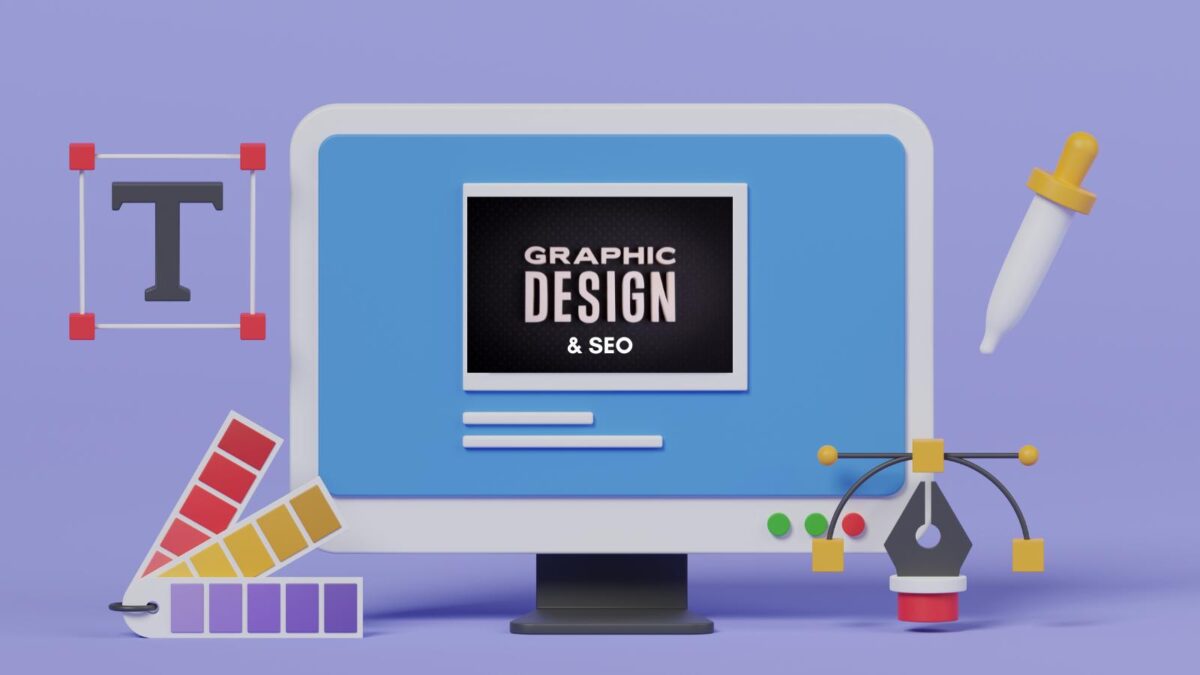
Merely relying on desktop browsing alone won’t cut it today and for years to come.
Everyone owns portable gadgets. And optimizing your site means you’re catering to your mobile audiences by giving them a seamless user experience.
Pro Tip: It’s recommended that you test your website’s mobile-friendliness regularly. Run it through free tools such as Google Search Console to ensure it’s optimized for mobile.
Content for Graphic Design & SEO
Content marketing is king, they say. And true enough, your brand can ace this provided that you create SEO-friendly content. Blogs, white papers, and infographics provide better readability when they are visually oriented.
Including blog, graphics are better for structure. Images break up long-form content by making the eyes rest from scrolling through blocks of text. But take note, though, optimizing images for SEO on your content will help make it scale.
Here are some tips for your graphic design & SEO to work together:
- Keep image size less than 100 KB.
- Images should be of high quality.
- Give it acceptable dimensions so users can easily view it on mobile (at least 800 px in width),
- Describe the image on the file name as it is.
- Include similar keywords in the file name so algorithms will deem it relevant to your content.
- Optimize your alt text by including similar keywords as well.
Marketing and SEO
Digital marketing is all the rage these days, especially when some circumstances encourage people to do everything online. Now is the perfect time to go all out on your online advertising strategies.
Whether you’re creating landing pages, banner ads, social media posts, or email newsletters, marketing graphics are essential in grabbing user attention. And every advertiser knows these channels would need a compelling graphic design to be successful.
So how are marketing graphics and SEO connected?
For one, relevance is one major component in improving your SEO. And if you’re integrating relevant marketing graphics, this will earn your extra brownie points.
Secondly, the layout of your ad designs is essential as it lets users digest information quickly.
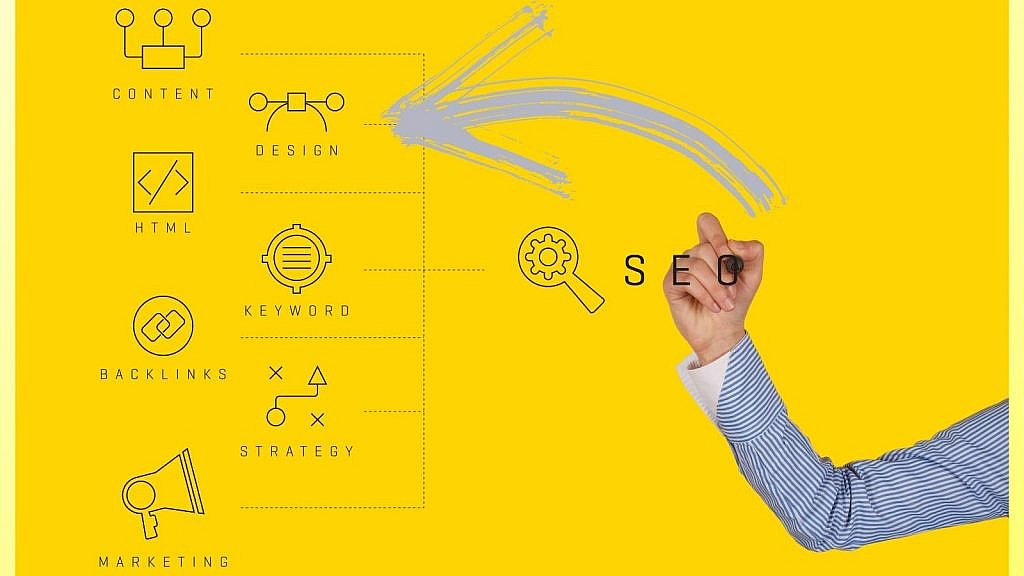
Although all these factors are focused on the users, this creates top-of-mind awareness among your audience. In turn, search engines will deem your brand as authoritative and reliable.
Overall, putting your audience first will create a positive ripple effect that’s good for brand awareness and SEO.
Quality of Graphic Design and SEO
More than anything else, quality is the most significant aspect of both graphic design & SEO. No matter how creative your graphics are, users won’t appreciate it if they’re too pixelated.
The same goes for all the other online advertising channels like content marketing. Though you’ve perfected your on-page and off-page SEO in content marketing, your blog won’t rank if it’s low quality (ex. Spelling errors, grammatical errors, wrong information, etc.)
That goes without saying, advertising your brand should prioritize quality above all else. Quality translates to professionalism and credibility.
These two elements can gain user trust. And once you achieve that, your brand will become the go-to among your target audience.
Conclusion: Graphic Design & SEO Strategies
SEO and graphic design are no longer separate strategies—they’re partners in making your content rank. In 2025, it’s not just about keywords.
The visuals on your page need to be optimized for speed, accessibility, and user engagement. Start by compressing images without losing quality.
Then use descriptive alt tags, not just for SEO but for accessibility, too. Incorporate structured data, like image schemas, to help search engines understand your graphics.
Need your site to load faster? File format matters—WebP is worth considering. Remember, poorly designed visuals or slow-loading images can hurt your website’s rankings.
Keep users in mind with every design choice, and search engines will follow.
- Pinterest Marketing: 6 Secrets To Increasing Traffic - December 13, 2025
- Learn To Boss Your Digital Footprint Before It Starts Bossing You In 2026 - December 12, 2025
- What Are The Most Popular Blog Topics to Blog About in 2026? - December 11, 2025
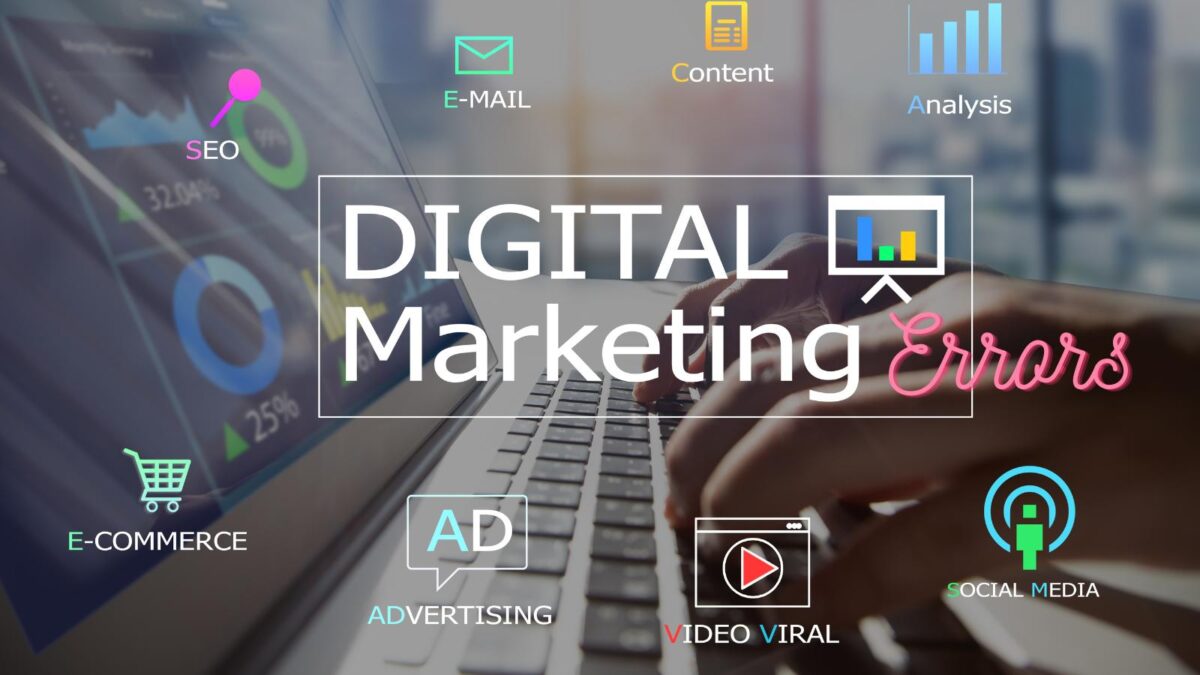

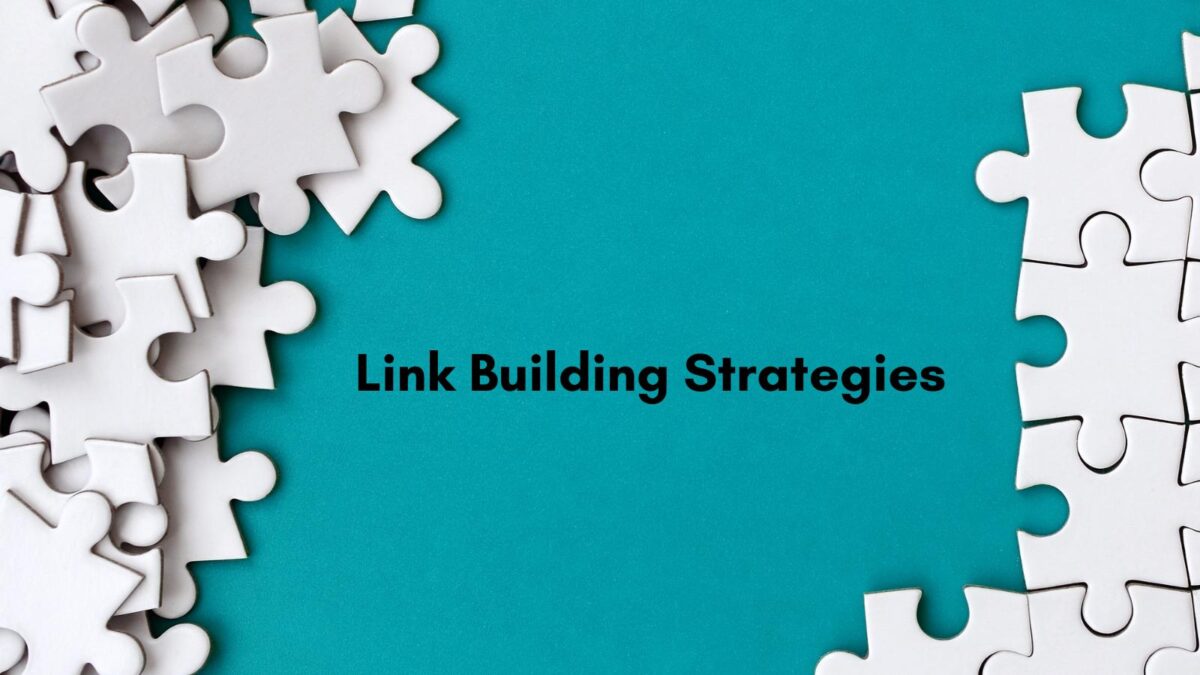
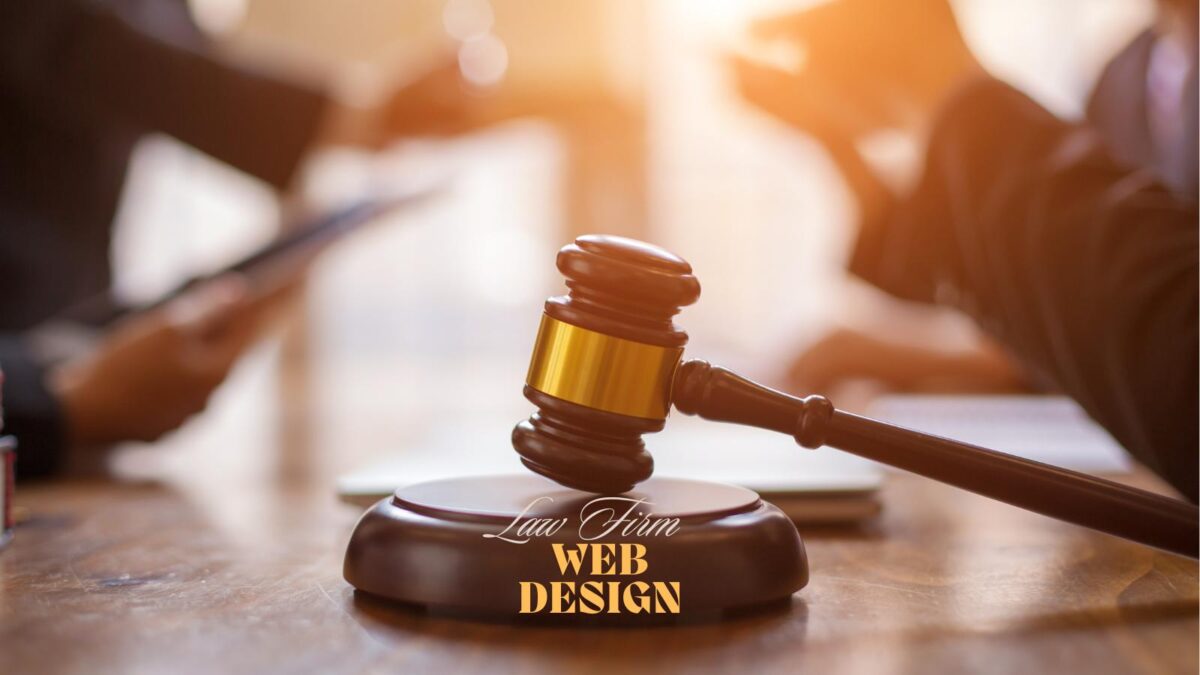
Hi Lisa,
I use Canva for editing images for my websites. But when I download the image it looses the look it is in Canva. It is not in as high definition as it looks in Canva.
Can you please suggest me what to do?
Best regards,
Hi John, For your website save them as a jpeg and at 75% at the most. That should make a difference. Welcome to Inspire To Thrive. Let me know if that works for you.
Thanks for your suggestion Lisa.
Now it is fine.
Best wishes!
I’m so glad to hear that John. Have a great day and weekend ahead.
I think the connect between imagery/graphics and SEO often gets missed. Visuals can have a huge impact on the user experience on a site, and optimized images can certain help with SEO and related things like site speed. If you aren’t optimizing your images, you can really bog down your load time. This means people will bounce off and go grab the info they need elsewhere. Great article!
Hi Lisa,
I try to use infographics on my blog post, and try to make them informative and attractive.
I use canva for this. It is the best place for online stock images, and we can modify them also very easily.
Thanks for sharing this post with us.
Dipanjan Biswas
Hi Dipanjan, infographics are a great way to use images. Canva is one of my favorite tools here at Inspire To Thrive. Thanks for coming by and have a great day there.
I find that posts on my blog with infographics tend to keep visitors on the page longer. I think people tend to not just consume the text on an infographic, but they tend to sit for a bit and take in the visuals, rather than just reading through a few paragraphs and moving on like they might with a strictly text post.
Hi Lisa,
A while back my images to forever to load on mobile devices. I changed that quickly so that the loading time will be faster. When it comes to images and SEO, I do find that making my own images and putting the title (or some of it) in the image got more attention than using an image that I could find on places like Canva.
The more I put into the graphic designs I’m using, the better the outcome. This article really pushed me to pay even more attention to the graphic designs when it comes to sizing. Great tip and I thank you,
-Donna
Hi Donna, I had that problem a few years ago too. Today so important as everyone is on their mobile devices to have fast loading mobile sites. I love Canva, but I do customize many of the images there that I use. But having your own images can make a huge difference too. I have to start using pictures I take especially in nature. You are most welcome Donna and I hope you are well.
Informative and helpful blog related to graphic design or web designing thanks for sharing wonderful information.
Hi Shahzaib, welcome to Inspire To Thrive. You are most welcome. Did you know how important graphics are to SEO? Have a great day.